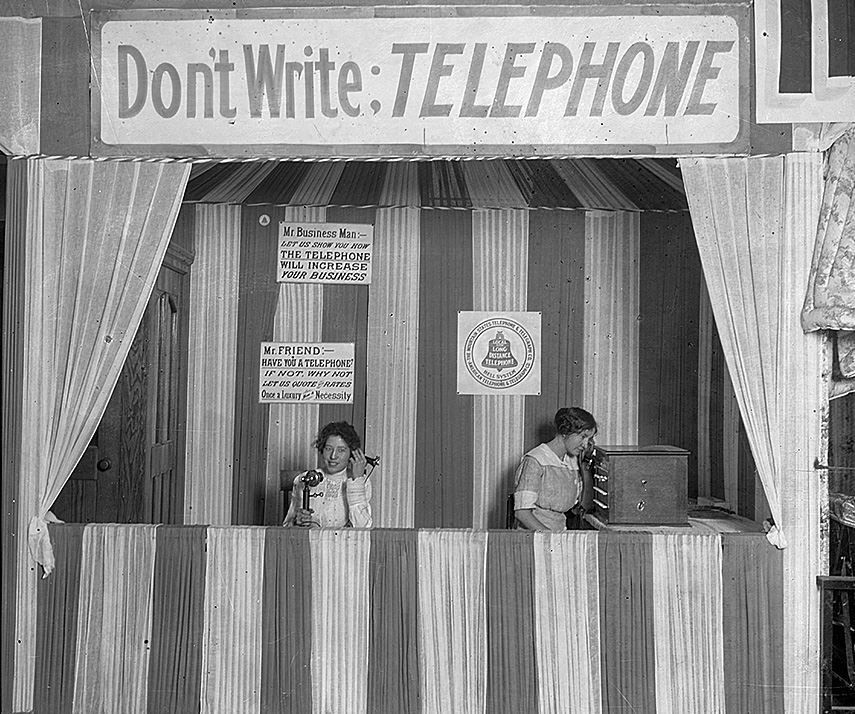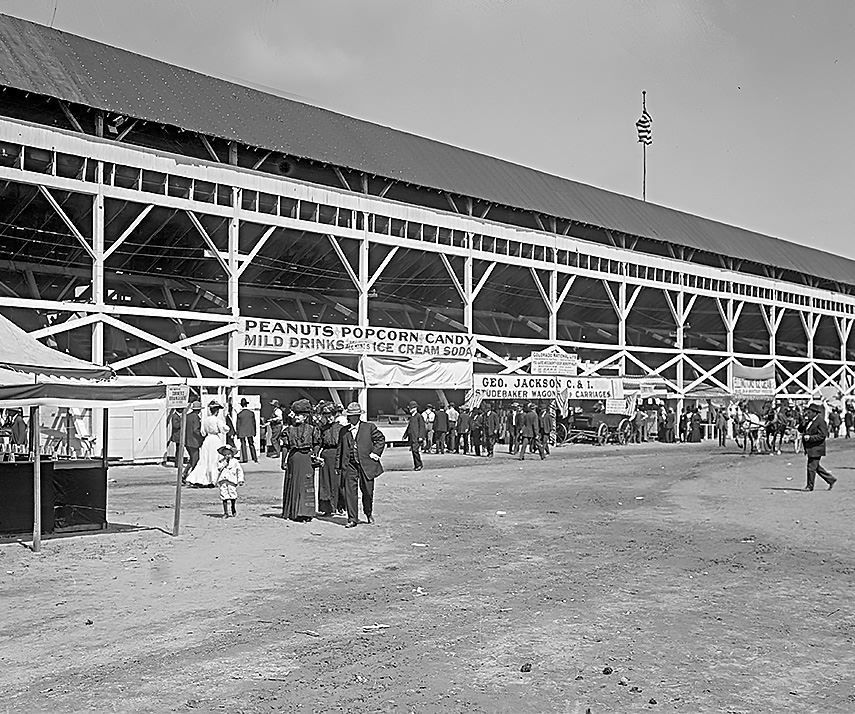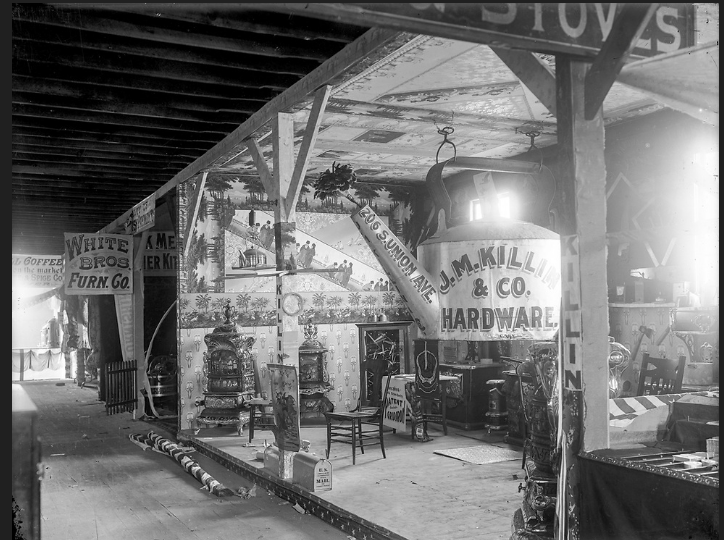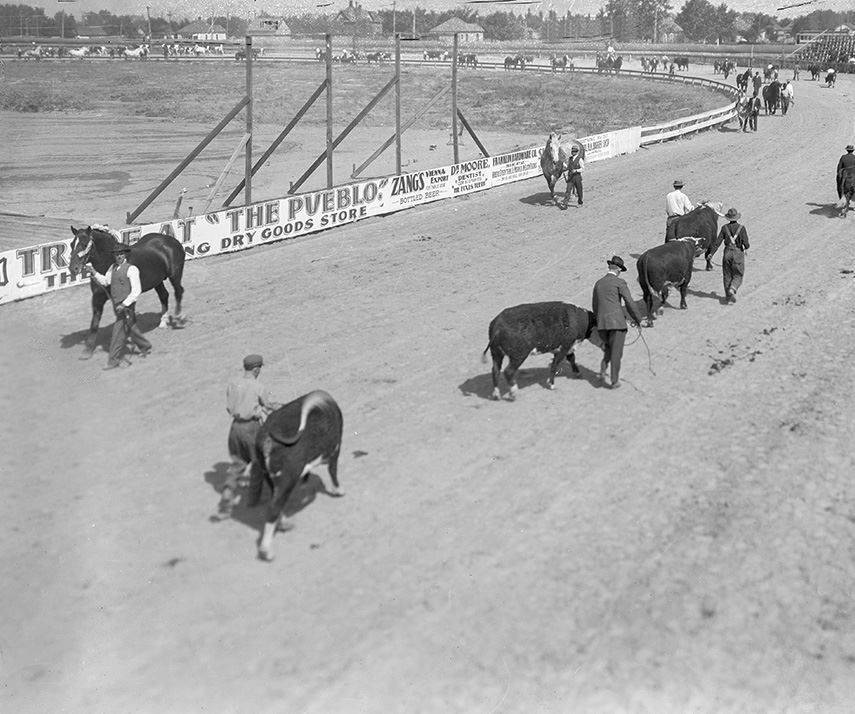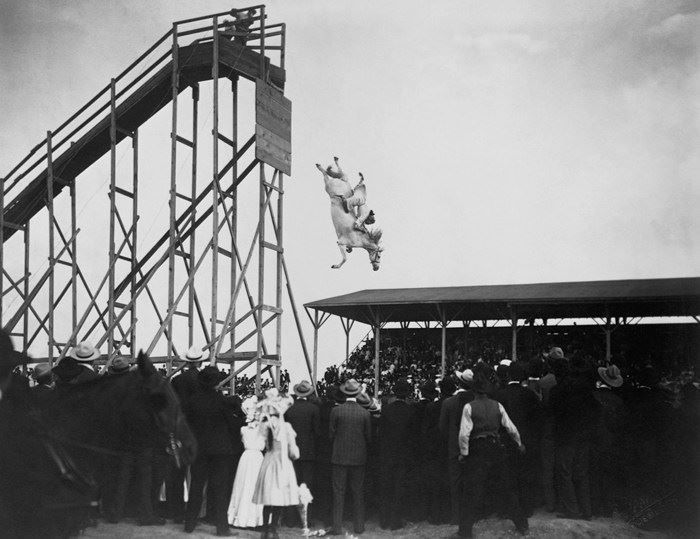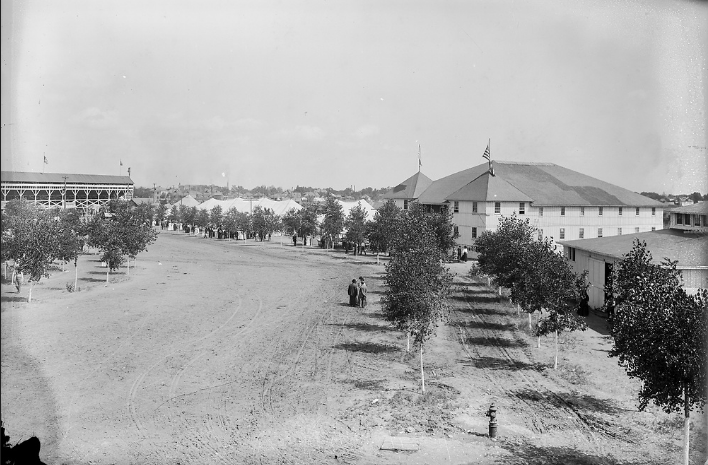History
At Pueblo’s start it was just a small fort; however, it was instrumental in bringing the railroad to Colorado. A major part of Colorado is the rich diversification of agriculture. Pueblo has been instrumental in encouraging and rewarding the agricultural history of Colorado through hosting the Colorado State Fair.
The Colorado State Fair began October 9, 1872. It was held by Southern Colorado Agricultural and Industrial Association, which received no cash assistance from the community or the State. The Colorado State Fair was incorporated on November 17, 1886. After becoming incorporated, the Fair purchased fifty acres of land for $3,000 and made improvements of $5,000. The land was located near Mineral Palace Park. The fair remained at Mineral Palace Park until 1890 when the board moved the site to 100-acres of land that was located west of Lake Minnequa. The board purchased the new site for $30,000 and sold the Mineral Palace Park location for $48,000. This was a $40,000 profit in only four years!
The Fair only stayed at the new location for 11 years before it moved to its present day site. The first structure on the present site was the Mexican Pavilion. When the Mexican Pavilion was first built it doubled as the police headquarters for the City of Pueblo. Presently there are fourteen structures all with historical significance.
Besides all of the location changes, there have been many changes in administration and funding throughout the Colorado State Fair’s history. The fair administration began with a non-profit group of Pueblo citizens called the State Fair Association. In 1903, the State Fair received its first state appropriation. Then in 1917 the fair received a State Fair Commission. The deed to the land was given to the State and the fair received its first levy of 1 million dollars for operation and maintenance.
Today the Colorado State Fair resides on 102 acres of land that contains paved streets and impressive landscaping. The fair has been host to countless celebrity concerts and used throughout the year for community events. Every year there are new activities and educational opportunities for Colorado citizens and visitors to enjoy. The fair has been a focal point for the Pueblo community and will hopefully continue to be one well into the future.
